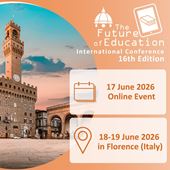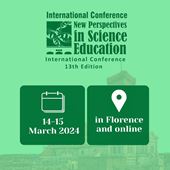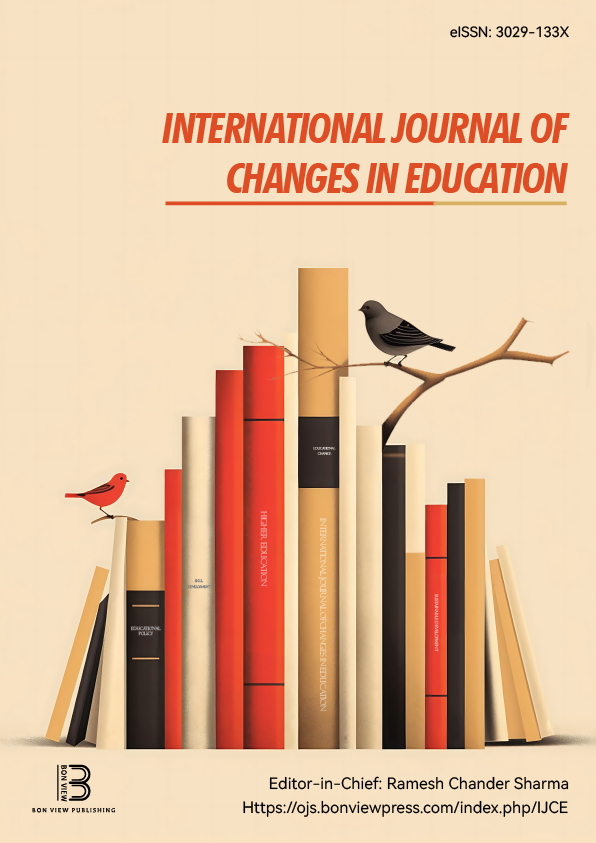Hands-on-Learning for Tertiary Students whose Second Language is English
Julian Rennie, School of Architecture and Interior Design School at Unitec, Auckland (New Zealand)
Abstract
Tertiary Education institutions within New Zealand contain many foreigners such as Pacific Islanders, Chinese, Indonesian, Italian, Korean, French, Filipino, Iraqi and Iranian students where English is their second language along with first nation Māori and Pākehā (colonial Kiwis). Tertiary level education learning methods set within the current tsunami of AI must continue to encourage individual authorship, offering fair formative and summative outcomes based on real-world learning for all students regardless of their heritage. Reading a recipe from a cookbook versus watching a YouTube clip of someone preparing the same recipe are different ways in absorbing the same information. Similarly, watching a live demonstration is a valid way to pick up what is be taught. For Interior Design student learners watching a tutor partially construct a 3D model in front of the cohort seems a very efficient and effective of transferring information to all students, (including tips and tricks of physical model-making). The witnessing of craft can be seen, even if the associated spoken English is not totally understood by some. This paper sets out a new assignment related to an Architectural Technology course for Residential Interior Design Students (abandoning the previous essay writing), substituting the construction of a scale model of a partial Bathroom Interior, complete with scale-modelled timber framing (to hold wall-hung wash-hand basins, and so on). Each student was allowed to design (and construct) their own bathroom interior, whilst the framed-up backside of the 3D model is the assessed component. This tactile craft approach seems to transform the assignment from a chore to one of enjoyment. Also, during the model making period each student could, (if they chose to), bring in their partially completed model for verbal feedback before the final hand-in. For the tutor, these models provide rich material for their formative and summative assessments. This paper will unpack this hands-on learning method, referencing known pedagogy texts to ground this as a valid way of providing an experiential way of learning for the Interior Design student t for all regardless of where they have come from in the world.
|
Keywords |
Experiential Learning; Handcrafting; On-the-fly-feedback; Real-world Learning; Active Learning. |
|
REFERENCES |
[1] Sennett, Richard. (2008). The Craftsman. New Haven: Yale University Press. [2] Kerr, James. (2013). Legacy: What the All Blacks Can Teach us about the Business of Life. London, UK: Constable. |
 The Future of Education
The Future of Education




























